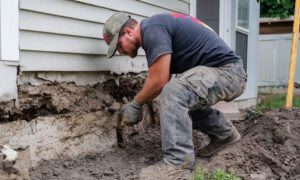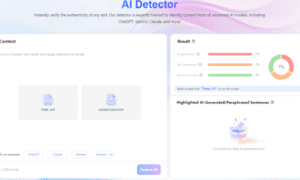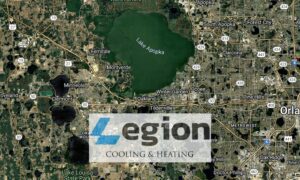Obstacle detection sensors are essential components in robotics and automation, crucial for enabling safe and efficient navigation of robots and vehicles. These sensors detect and alert when obstacles are in the path of a moving machine, helping to avoid collisions and ensuring smooth, autonomous operation. Whether used in autonomous vehicles, drones, or home robots, obstacle detection sensors are integral to the functionality of modern robotics, contributing to safety, performance, and efficiency.
For robotics enthusiasts and professionals, integrating obstacle detection technology can significantly enhance a robot’s ability to perform complex tasks, reduce accidents, and offer more advanced capabilities. By using these sensors, robots can navigate their environments autonomously, avoiding obstacles without requiring constant human intervention. From industrial applications to personal devices, the role of obstacle detection sensors continues to expand in the field of robotics, making them indispensable in both practical and innovative applications. To learn more about how obstacle detection sensors can transform your robotics projects, check out our detailed guide to understand obstacle detection sensors.
Choosing the Right Obstacle Detection Sensor
When selecting the best obstacle detection sensor for your robotics project, several factors must be considered to ensure it meets the specific requirements of your application. The choice of sensor depends on the environment, the size and shape of obstacles, and the complexity of the navigation tasks.
- Obstacle Characteristics:
For detecting small or irregularly shaped objects, high-resolution 3D cameras or LiDAR systems are the ideal choices due to their precise measurements. These sensors provide detailed environmental data, making them effective at identifying even the most challenging obstacles. - Application Complexity:
If your project involves advanced navigation tasks like mapping, path planning, or obstacle tracking, LiDAR or 3D depth cameras are the best options. These systems offer superior accuracy and can capture rich environmental data, which is critical for creating complex maps and making informed navigation decisions. - Budget Constraints:
- High Budget: If budget is not an issue, opt for high-performance sensors like LiDAR or advanced 3D cameras. These provide top-tier performance with the highest level of precision and range.
- Medium Budget: For a more balanced solution, 3D depth cameras are an excellent choice. They offer a combination of cost-effectiveness and functionality, making them suitable for projects requiring reliable obstacle detection without breaking the bank.
- Low Budget: For simpler applications, such as basic proximity detection or short-range tasks, infrared or ultrasonic sensors are cost-effective alternatives. These sensors are less expensive but still provide satisfactory performance for basic needs.
Discover the MRDVS S Series
At MRDVS Technology, we specialise in providing advanced vision solutions for robotics. Our MRDVS S Series is an industrial-grade RGB-D multimodal collision avoidance camera designed to meet the needs of modern mobile robots. These cameras are particularly useful in applications such as unmanned forklifts, stackers, and industrial cleaning robots.
Key features of the MRDVS S Series include:
- Multimodal Data Fusion: The MRDVS S Series integrates both RGB and depth data, providing enhanced environmental perception. This fusion of data allows for more accurate detection of obstacles, ensuring better navigation in complex environments.
- Seamless Integration: The cameras are designed for easy compatibility with existing robot control systems, allowing for quick and straightforward implementation without extensive modification to the robot’s setup.
- Long-Range Capability: With a detection range of up to 18 meters, the MRDVS S Series is suitable for both indoor and outdoor applications, offering versatility and reliability across different environments.
By choosing the right obstacle detection sensor, you can elevate the performance and safety of your robotics projects, whether for industrial, commercial, or personal use. The MRDVS S Series is a perfect example of how advanced sensor technology can revolutionise the capabilities of autonomous systems.

































